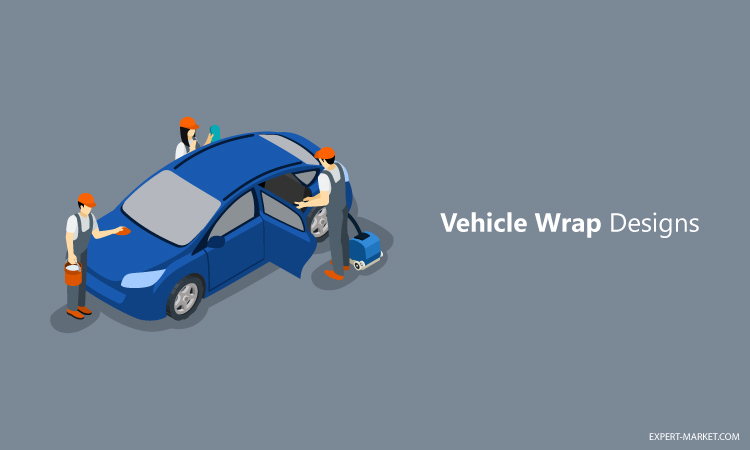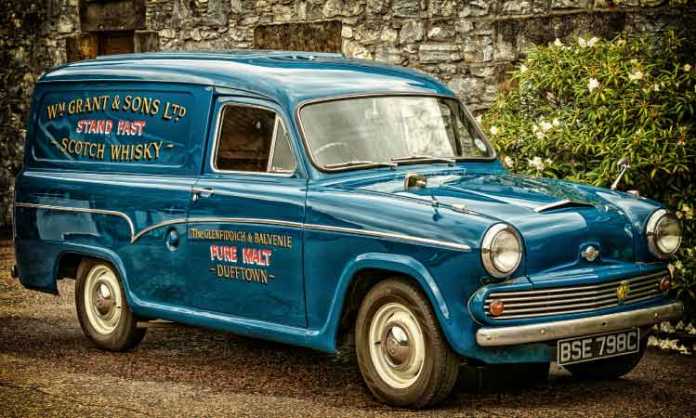If you are thinking of customizing your vehicle for personal or business use, a vehicle wrap would be a great way to do this. You can make your car unique in accordance to your personality. For business, vehicle wraps are great for promoting a brand, product, or service.
Below are some tips you can consider if you want vehicle wraps for your vehicle.

Decide on a Concept
Before you even begin the designing, decide on the concept first. It should be clear in your head. If the car is for personal use, think what you want long-term. Design wraps can be good for 3 to 5 years so make sure you are really happy with the concept first.
Now, if you are an agency doing a design for a client, make sure you align the concept with your client. Seek his approval first on the overall concept before you do the actual design. Signarama Joondalup with their highly trained professionals can help you with the design or message you want to promote in order to reach your target market.
This is to avoid waste of time and effort doing the designs without proper alignment of what the client needs or wants. Vehicle wraps for businesses are either for branding or campaign purposes. If this is purely for branding and long-term purpose, the company logo and tagline should be visible.
Concept should be something that can be used for an extended period. However, if the client says this is for a marketing or short-term promotion, ask for more details on the campaign so you can align the concept based on the clients’ strategies.
Take Vehicle Pictures from Various Angles and Take Accurate Measurements
Do not start any design without physically checking the vehicle, taking pictures, and measuring the parts to be wrapped. You would not want to be in a position that the vehicle wrap has been printed and they don’t match the actual vehicle from specific angles or sides. Wrong printing can lead you back to the drafting board and will cost valuable time and money.
Photograph the vehicle from all sides. Shoot direct shots and ensure no awkward angle shots. Pay close attention to body breaks, curves, rivets, door handles, and protruding parts. By taking the time to shoot the vehicle, you’ll plan for any vehicle customizations or paint and body issues.
Then, take accurate measurements. Take key measurements of the edges, hood, rear, roof and bumpers
Taking accurate pictures and measurements are vital when quoting and planning a wrap. It will be best that while you take pictures and measure that the approver is there so you can discuss special requirements, requests, or concerns on the spot. With the right pictures and measurements, it will be easier to plot these using a design software.
Research and Discuss Thoroughly
Don’t start any design until you’ve talked thoroughly with the approvers or those involved. If this is for personal use, make sure you consider all aspects.
If you are making a design for a client, discuss with them requirements, objectives and expectations. It will be much better if the client can provide you with a creative brief to ensure all are considered in making a design.
If they cannot provide one, make a questionnaire or a template that the client can fill up. Discuss or show pegs and agree on those before making the design itself. Develop your conceptual ideas to satisfy and exceed client expectations. This way, you’ll avoid unnecessary redesigns that can be costly and a waste of time.
Carefully Plan the Design
Once you have gotten the creative brief and agreed with your client, take time to plan out the design. Consider the objectives laid out to you and all the mandatories.
In designing a vehicle wrap, many opt to use bold colors and design to easily stand out on the road. When creating your design, think big. Make larger-than-life graphics that can easily be noticed and remembered.
Another tip is to don’t overcrowd your design. Even though vehicle wrap designs are traditionally colorful and bold, this doesn’t mean that your design should be crowded with lots of images, texts, and other design elements. Don’t make the design too cluttered.
The foremost effective vehicle designs are colorful and dynamic, yet still look sophisticated in composition and style. It’s always preferable to be simple and minimalist in design with a few stand-out elements. Eliminate heavy backgrounds and unnecessary elements to ensure that the design is visually pleasing.
Convey the Message Clearly
Make sure that the design easily conveys the message. As vehicles can travel fast, the message should be easily read even while vehicles travel and even from afar. Unlike the normal print design, where the viewer has time to soak up the visuals and message, a vehicle wrap has only a few seconds to catch the attention of the people on the road. There’s little time to capture the viewer’s attention so make sure the branding and messaging can easily be read and understood.
To help ensure conveying the message clearly, don’t put an excessive amount of advertising copy in your design. Too much copy is distracting on a vehicle wrap and tends to take the main message away. Just keep it to the bare minimums that you want the readers to understand.
Seek Clearance for your Design Before Printing
Lastly, get a sign-off from your client before you print. It’s vitally important to urge approval before any printing begins. Regardless of what deadline restraints you’re under, printing something before approval can be risky.
































